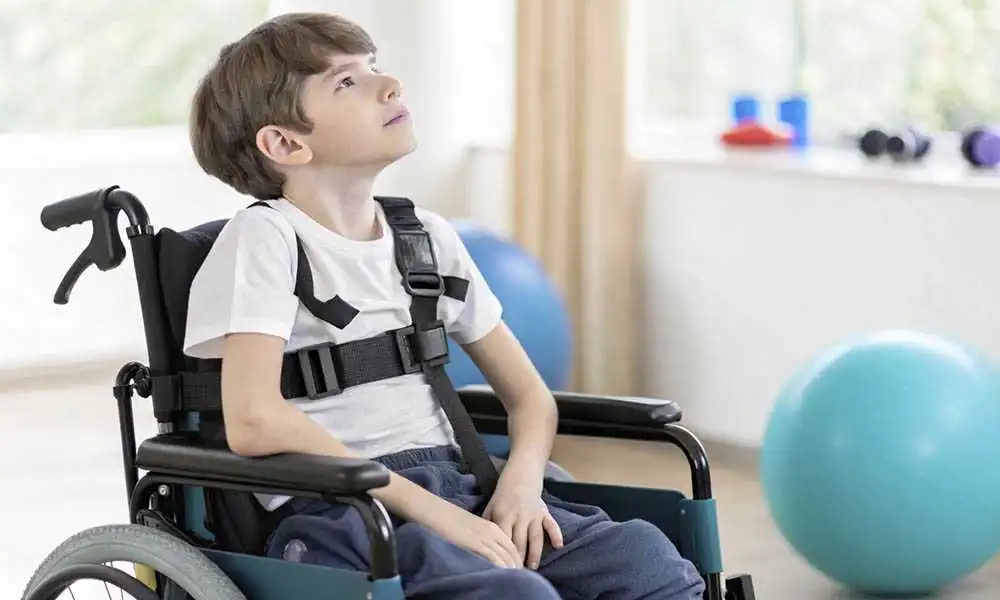Calls for Ukraine
Calls for Europe
Calls for USA

Scientists have found a way to dramatically reduce the risk of cerebral palsy in children whose lives have just begun with a serious diagnosis. The introduction of a few drops of stem cell medication into the nose changes the prognosis for the most vulnerable patients.
The journal Stroke has published the results of a study by the University Medical Center Utrecht, which gives hope to thousands of families. The study focuses on perinatal stroke, which is brain damage that occurs before, during, or shortly after birth. It often leads to cerebral palsy, chronic movement disorders, epilepsy, and vision problems.
In the PASSIoN study, ten newborns received a single dose of mesenchymal stem cells administered as nasal drops during their first week of life. This method proved to be safe: after two years, none of the children showed any side effects related to the treatment. Most of the babies developed better than expected: they started walking earlier than their peers with similar injuries, had no vision problems or epilepsy, and the amount of brain tissue loss was less than predicted.
The administration of stem cell drops into the nose helped babies with severe brain damage develop better than predicted.
The results were particularly noticeable in motor functions. Only two children developed mild cerebral palsy, which is two to three times lower than the rates in historical groups, where the risk reached 50-70%. At the same time, all participants initially had damage to the motor pathways — a factor usually associated with a more than 80% probability of cerebral palsy. Pediatrician and professor Manon Benders admits that such positive dynamics in a high-risk group is surprising.
So far, PASSIoN has focused on safety testing rather than definitive proof of efficacy. The next step is the large-scale iSTOP-CP study, which will start in 2026. In it, 162 newborns with stroke or severe oxygen deficiency will receive either stem cell therapy or a placebo. Scientists will monitor the children’s development for up to two years, assessing both medical and economic effects.
A new phase of clinical trials could turn experimental therapy into standard treatment
Professor Cora Neibur notes that years of laboratory testing have gone into this method. If the therapy proves effective, it could change the approach to treating brain injuries in newborns and give those who were considered hopeless cases yesterday a chance at a full life.
The new therapy for infants with brain damage is just one example of how stem cells are changing medicine. Their potential extends far beyond pediatrics, touching on the treatment of strokes, diabetes, oncology, and a host of chronic diseases.
Please rate the work of MedTour
